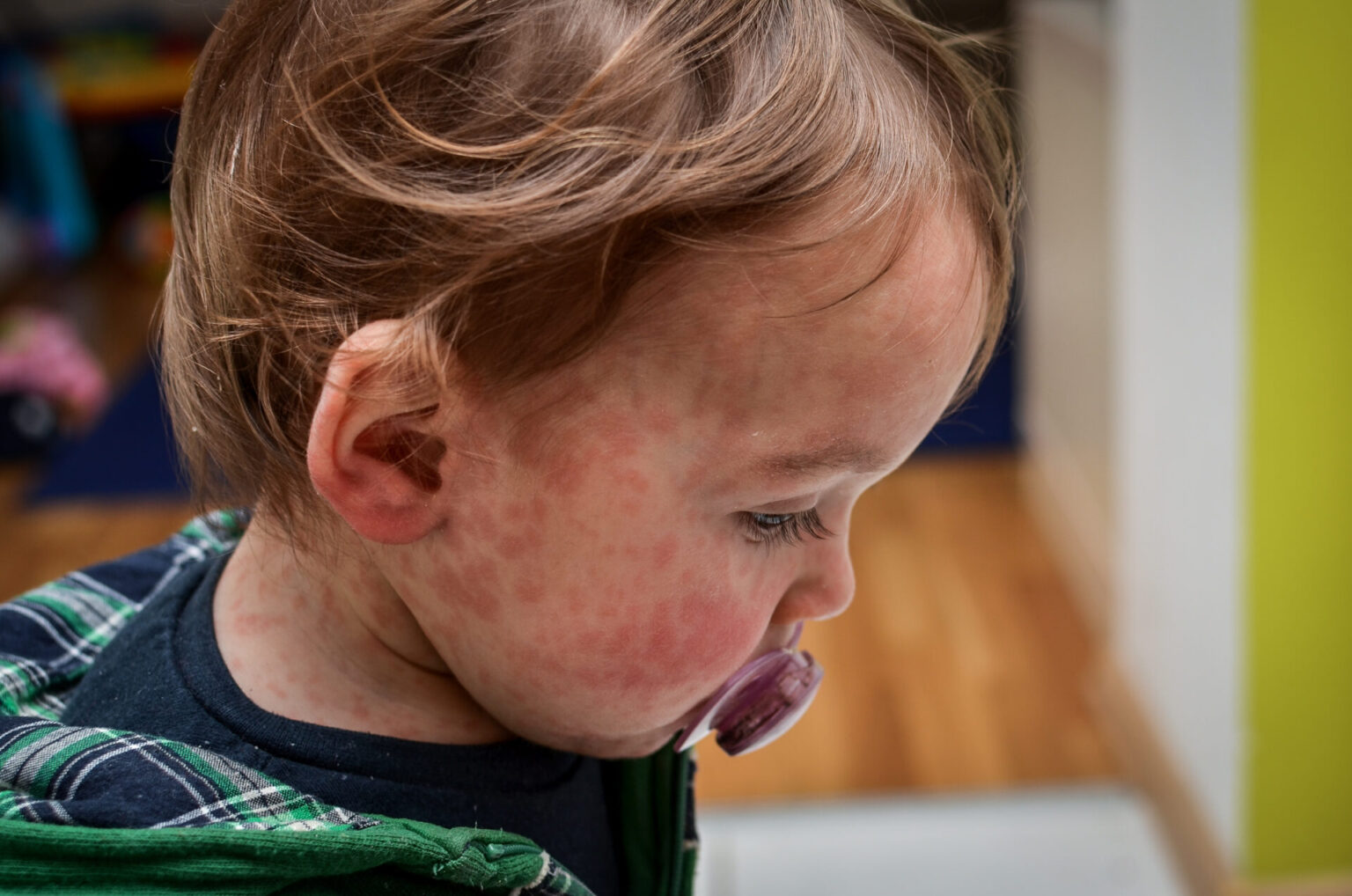Measles, once a common childhood illness, has seen a troubling resurgence in Canada. After being essentially eradicated in 1998, the country is now facing a measles outbreak, prompting public health officials to reassess vaccination strategies and raise public awareness.
Measles has been a nationally notifiable disease in Canada since 1924, meaning all cases must be reported to the public health department. This reflects how seriously municipalities take the illness. The concern is always that a highly contagious disease like the measles will spread quickly and cause major consequences for a community—much like we saw with COVID-19.
After Canada approved and rolled out the measles vaccine in 1963, cases dropped drastically year over year, and the illness was considered eliminated from Canadian society in 1998. Cases still cropped up occasionally, usually linked to global travel, but on average, Canada has recorded only 91 cases annually since the late 1990s. Before the measles vaccine, Canada experienced annual case numbers ranging from 10,000 to 90,000.
What’s Happening in Canada Right Now?
More than 140 cases of measles have been reported in Canada so far (146 confirmed, 22 probable at the time of publication—you can get updated numbers on the Ministry of Health's measles and rubella dashboard). This total is already higher than the final number of cases reported in 2024. The patients aren’t all concentrated in one region, either; measles diagnoses are appearing in multiple provinces.
The United States is also reporting similar trends, with at least one death attributed to the disease.
The vast majority of these cases have been identified in unvaccinated individuals.
Why Is Measles Making a Comeback?
Several factors are contributing to the recent rise in measles cases:
- Global travel: Measles remains endemic in many parts of the world. Canadians travelling to these regions can bring the virus back home, sparking outbreaks.
- Vaccine hesitancy: Despite the availability of effective vaccines, some people remain hesitant or refuse vaccination, creating gaps in herd immunity.
- Waning immunity: Over time, immunity from vaccination or natural infection can fade, leaving individuals vulnerable to reinfection.
Know the Symptoms and Treatment Options for Measles
Measles is a highly contagious, hardy illness. It spreads easily through the air when someone coughs or sneezes, and it can live on surfaces for up to two hours after contact. The disease will almost certainly infect the majority of unvaccinated individuals who come into contact with it (up to 90%).
Recognizing the symptoms early is key to managing the infection. Measles has two phases:
- Prodromal phase: Symptoms include high fever, cough, runny nose and red, watery eyes.
- Rash phase: A red, blotchy rash typically begins at the hairline and spreads downward.
There is no specific antiviral treatment for measles. Supportive care, including rest, hydration and over-the-counter medications to reduce fever, can help manage symptoms. Complications can be severe, so medical consultation is crucial (especially if your municipality is experiencing a known measles outbreak). If your child is unvaccinated and showing signs of measles, contact your healthcare provider before going to your doctor's office, urgent care clinic or the emergency room, to determine the next steps. This is essential to controlling the spread of illness.
What You Can Do to Protect Your Kids from a Measles Outbreak
To protect your children from measles, consider the following:
- Vaccination: Ensure your children receive the measles, mumps and rubella (MMR) vaccine as per your province’s immunization schedule.
- Stay informed: Keep up with public health advisories, especially if travelling internationally.
- Consult your family's healthcare team: If you have concerns about vaccination or potential exposure to measles, talk to your family doctor.
Maintaining high vaccination coverage is critical for preventing further measles outbreaks and protecting vulnerable populations. By understanding the history of measles, recognizing the signs and taking proactive steps, we can work toward eliminating this disease in Canada once again.










